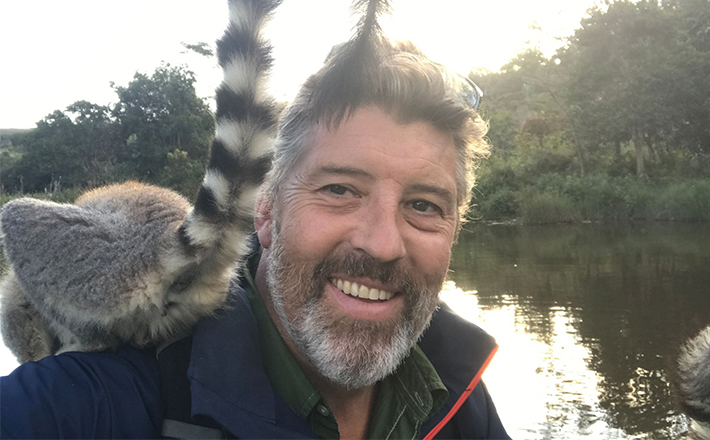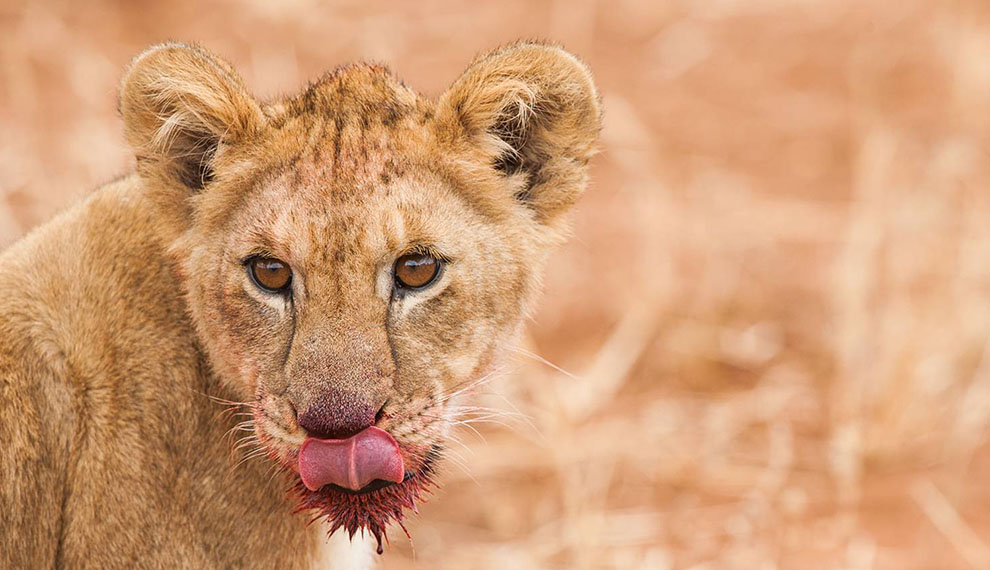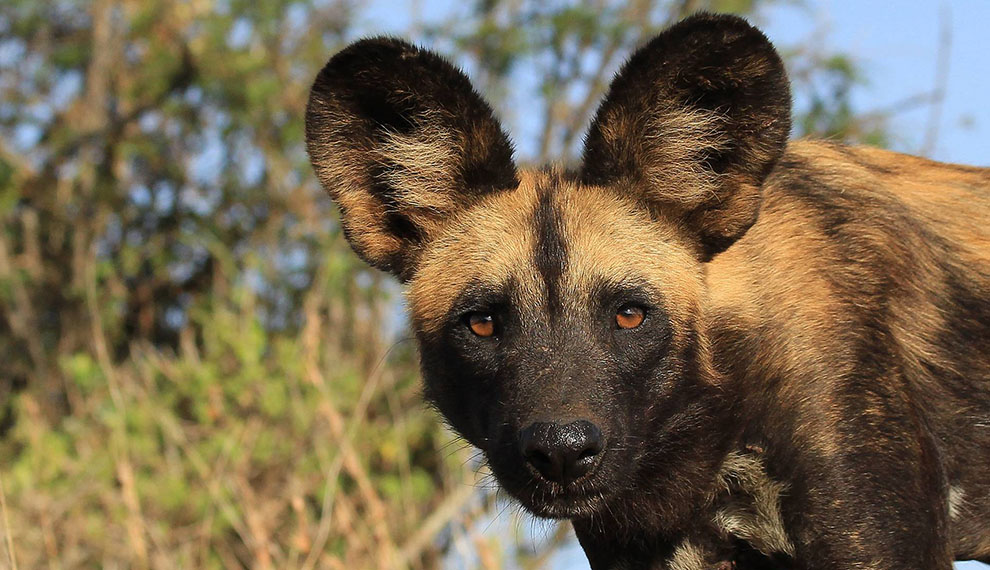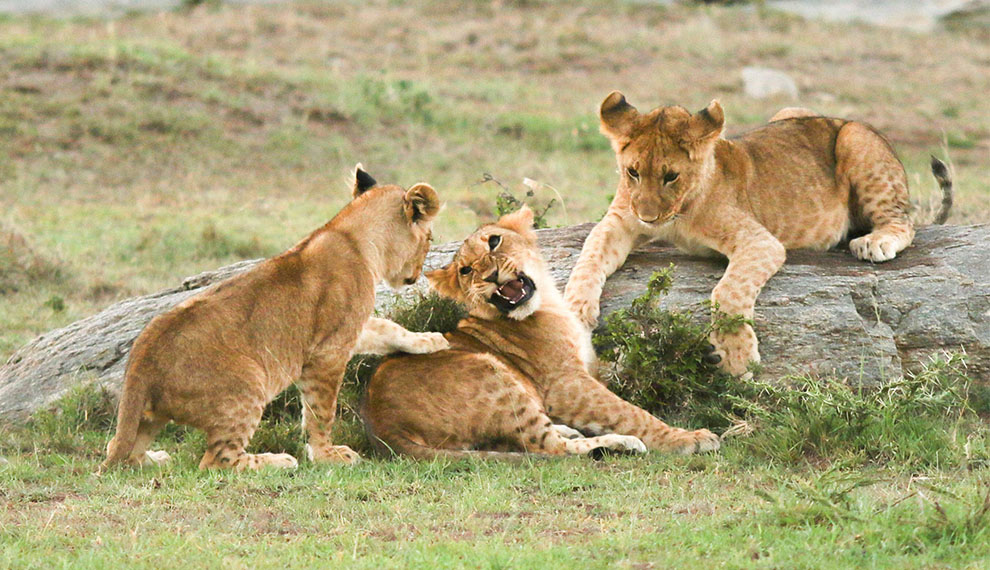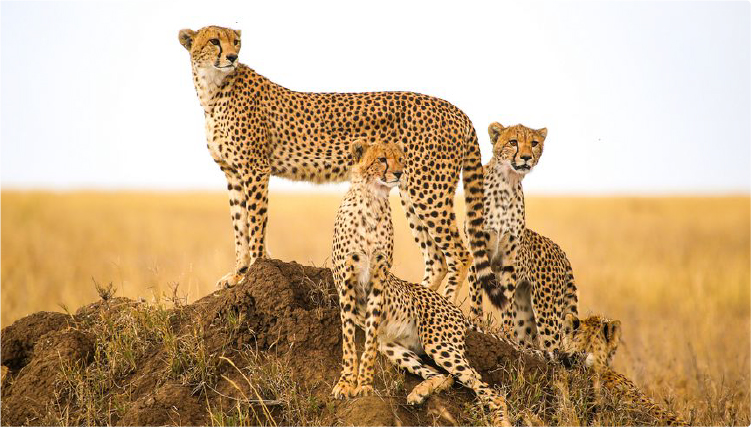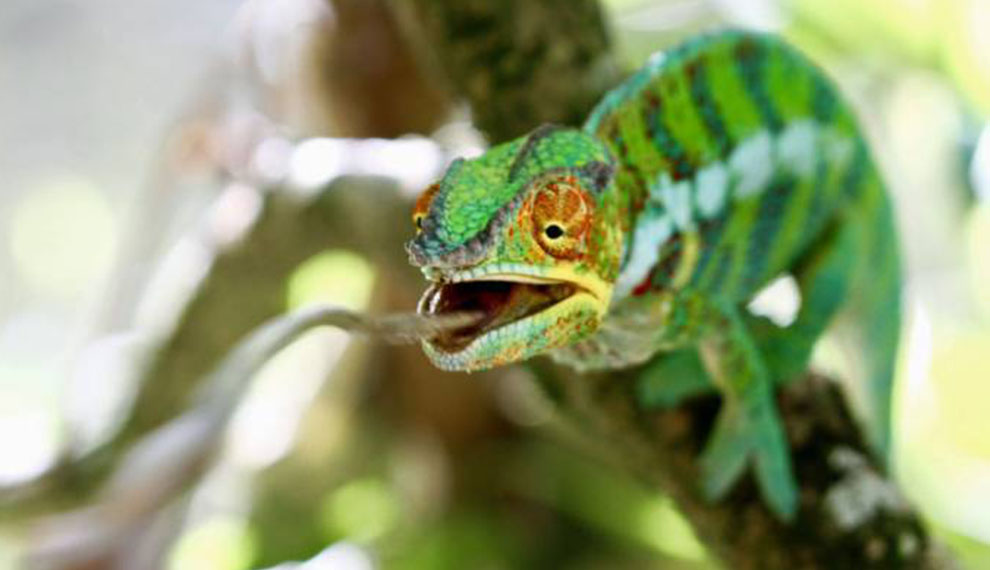
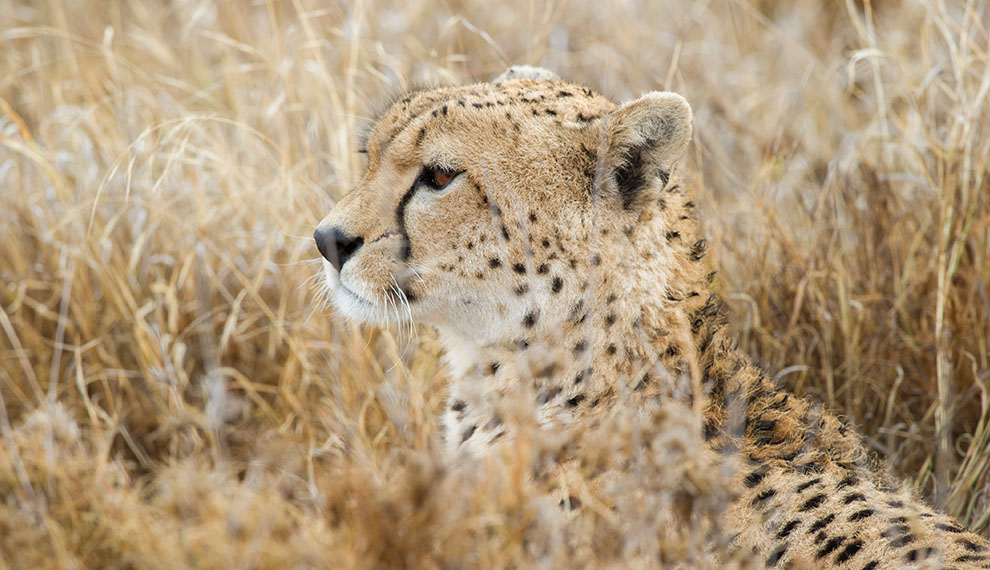
Time May Be Running Out To Save Your Favourite African Safari Wildlife
A safari trip in Africa remains a life changing experience for most people and one of the reasons is the chance to see some magnificent creatures that are becoming increasingly rare in the wild. Some of the best known safari animals are under critical threat and unless things improve significantly, several of our favourites could face extinction in our lifetime.
A recent report by the WWF claims that by 2020, wildlife populations could have reduced by two-thirds in just 50 years. Extinction rates are now 100 times their natural level due to deforestation, pollution, hunting, overfishing and climate change.
The IUCN – (the International Union for Conservation of Nature) is the global authority on the status of the natural world and publishes a regularly updated Red List of threatened species. With the help of some of recent Red List data we have compiled a list of some of the endangered animals you might yet be lucky enough to see on a safari trip.
1. Black Rhino
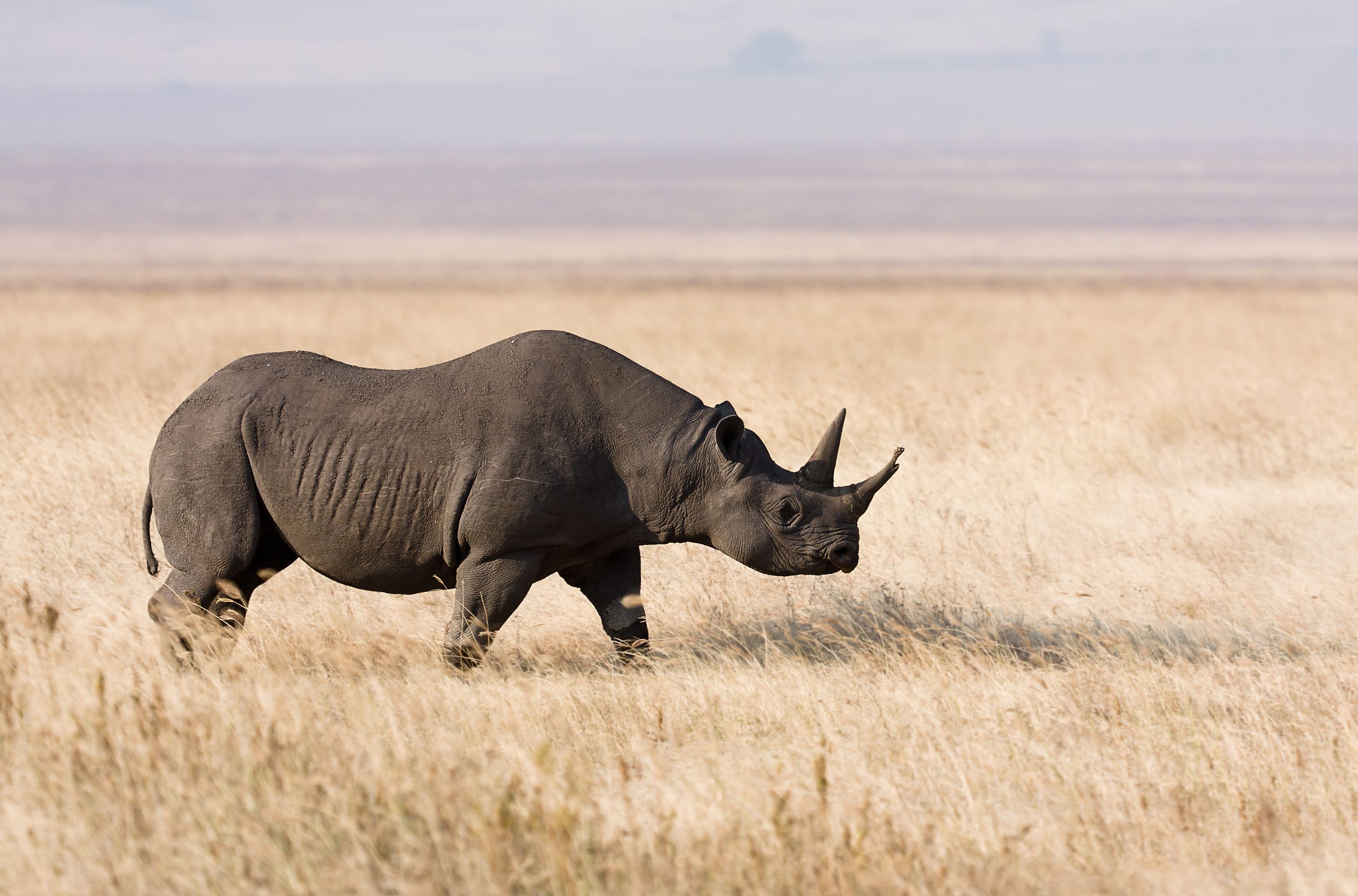
Remaining population: 5,000
Threats: poaching, hunting, habitat destruction, civil unrest
Red List status: CR (critically endangered)
Just over a century ago there were over 800,000 black rhinos in the wild. Since then industrial scale hunting and mass clearances for agriculture have decimated their population. Currently the main threat faced by the black rhino is poaching driven by the illegal trade in their horns for medical purposes, particularly from China and East Asian countries and also for ornamental use from mostly Middle Eastern countries.
Where can you find black rhino?
Ol Pejeta Wildlife Reserve in the Laikipia district of Kenya is Africa’s largest black rhino sanctuary. Other great places to see black rhino include the Selous Game Reserve in Tanzania, Damaraland in Namibia, Tswalu Kalahari Private Reserve and Madikwe Game Reserve in South Africa.
2. African Elephant
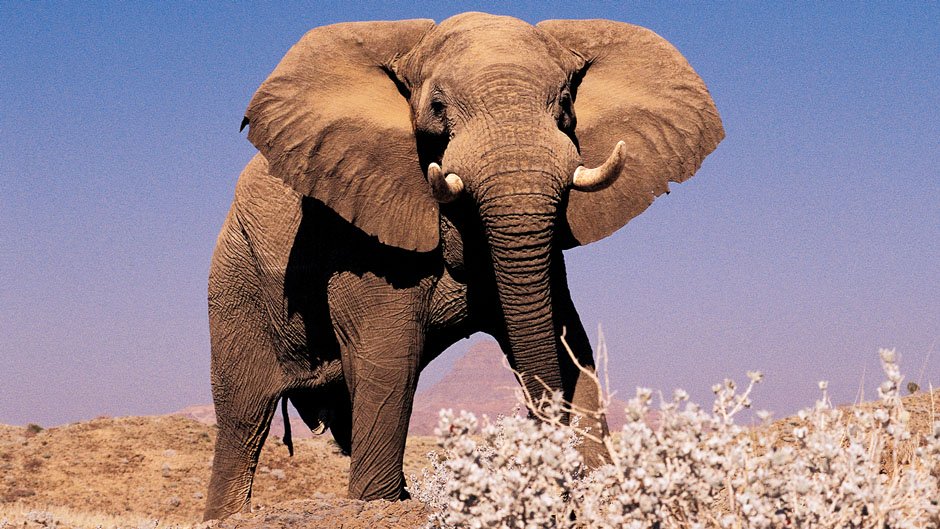
Remaining Population: 415,000
Threats: poaching, habitat destruction, human-wildlife conflict
Red List Status: vulnerable
African elephants are literally running out of space and time. Only a hundred years ago there were estimated to be between 3 and 5 million elephants in Africa. In just a century their numbers have been decimated to just over 400,000.
Africa’s elephant population has crashed by an estimated 111,000 in the past decade primarily due to poaching. Although elephant habitats are now protected, less than 20% of these areas are under formal protection. 2016 estimates suggest there are only around 415,000 elephants in existence across Africa.
Where can you find african elephant ?
African Elephants currently occur in 37 countries in sub-Saharan Africa including many popular safari destinations. Some of the best places to see elephants include Chobe National Park and Okavango Delta in Botswana, the Selous Game Reserve in Tanzania, Tsavo East and Amboseli National Parks in Kenya, Kruger National Park in South Africa, and the South Luangwa National Park in Zambia.
3. Cheetah
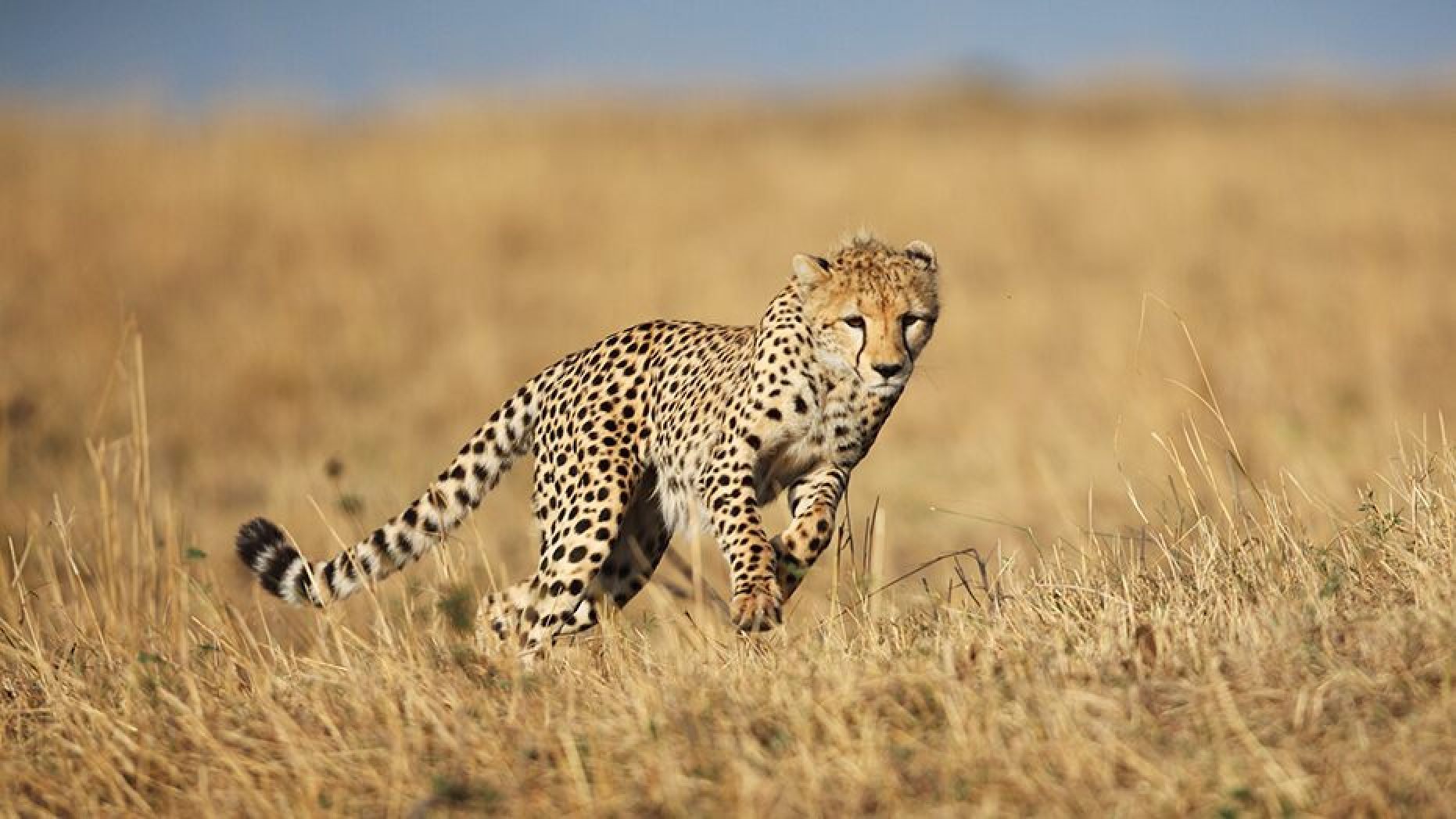
Remaining population: Under 10,000
Threats: habitat destruction, poaching, human-wildlife conflict, predation
Red List status: VU (vulnerable)
The cheetah is endangered mainly due to loss of habitat – their low population density means that cheetah require much larger areas of land to survive than do those of other carnivore species. The species also suffers from prey loss and direct persecution including from farmers seeking to protect their herds.
Where can you find cheetah?
The best places to see cheetah on a safari include the Masai Mara National Reserve in Kenya and the Serengeti National Park in Tanzania. But there are other good opportunities for sightings in national parks, game reserves, and conservation centres in other African countries including Botswana, South Africa, Zambia and Namibia which has a Cheetah Conservation Centre in Otjiwarongo where you can see rehabilitation in action and get up-close and personal with these big cats.
4. Mountain Gorilla
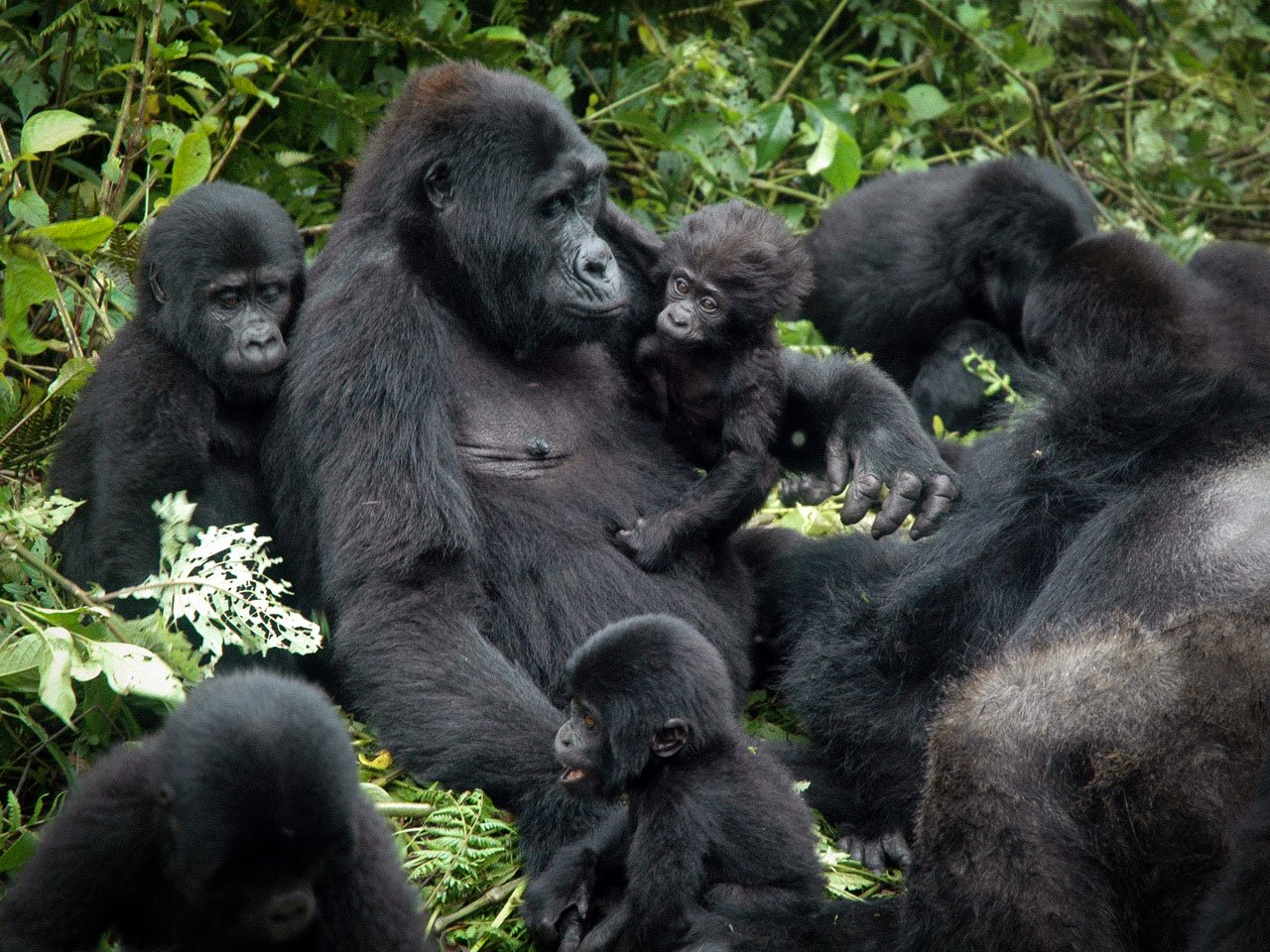
Remaining population: 800 to 900
Threats: poaching, habitat destruction, disease,
Red List status: CR (critically endangered)
There are estimated to be less than 900 mountain gorillas left in the wild, which makes them critically endangered. The decline in numbers has continued through the years due to war, poaching, disease, and habitat destruction.
One of the ways safari goers can help save these gorillas is by supporting activities such as trekking. Gorilla trekking provides the money (from selling of gorilla permits) required for environmental initiatives, such as conserving and protecting the gorillas and providing locals with alternative sources of income.
Where can you find mountain gorilla?
Around 30 years ago mountain gorillas could be found in the Virunga National Park but the Congo is no longer the place to see these iconic apes. Rwanda and Uganda are now the best locations by far – particularly Volcanoes National Park in Rwanda and Uganda’s Bwindi forest.
5. White Rhino
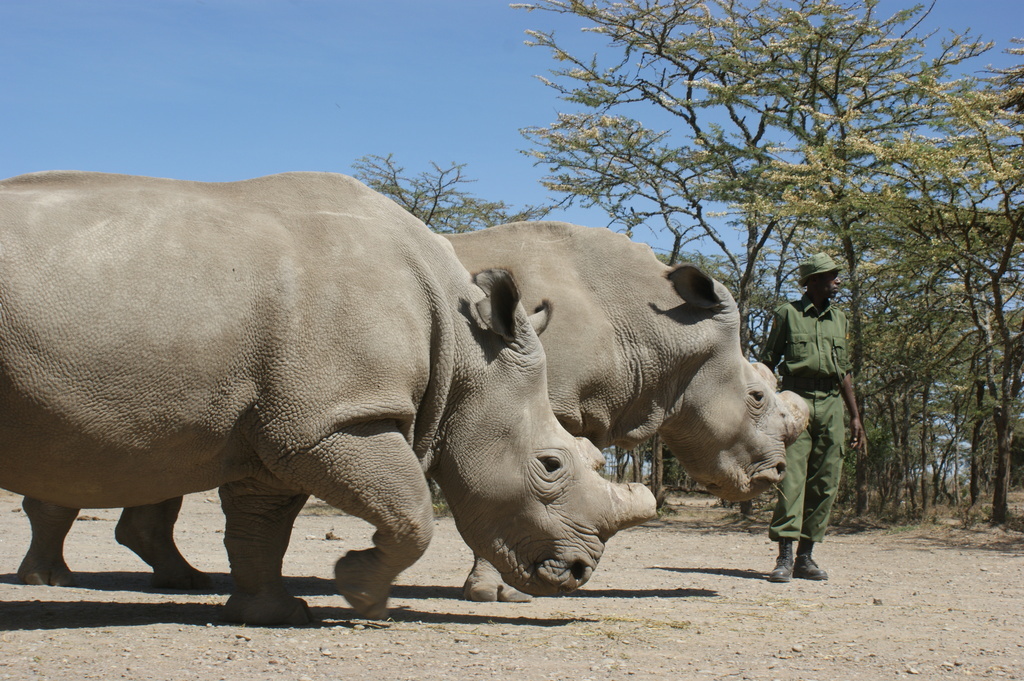
Remaining Population: 17,000
Threats: poaching, hunting, civil unrest
Red List status: NT (near threatened)
White rhinos were believed to be extinct just over 100 years ago but extreme protection and management has brought them back from critically endangered to near threatened status. The white rhino is the second largest land mammal and is relatively unaggressive which is why poaching for its horn is the main threat.
Where can you find white rhino ?
The vast majority of white rhinos can be found in just 4 countries: South Africa, Namibia, Zimbabwe, and Kenya. Northern white rhinos are already extinct in the wild, and only 3 of these are known to be alive – these can be found at the Ol Pejeta conservancy in Kenya.
6. Grévy’s zebra
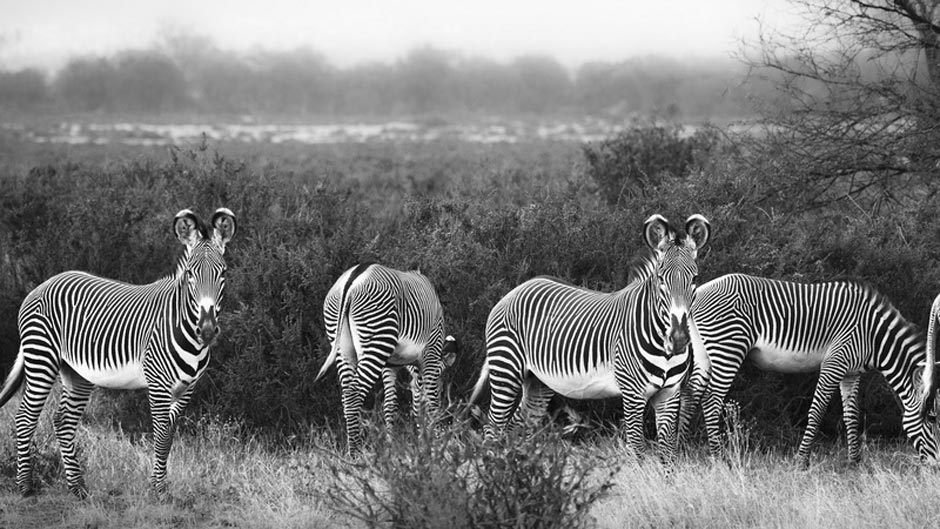
Remaining population: 2500 or less
Threats: poaching, habitat destruction, human-wildlife conflict, predation
Red List status: EN (endangered)
Grévy’s zebra is the largest and most endangered zebra species. They are now confined to the Horn of Africa, primarily Southern Ethiopia and Northern Kenya. There was a population reduction of over 50% over the past 30 years from an estimated 5,800 in the late 1980s to a current population of around 2,500 individuals at most. These zebra are threatened by habitat destruction, hunting, disease, overgrazing, and competition for natural resources including water.
Where can you find Grévy’s zebra ?
The best places to see these zebra include Lewa, Laikipia and Sambru in Northern Kenya. But you may also see them in parts of southern Ethiopia.
7. Giraffe
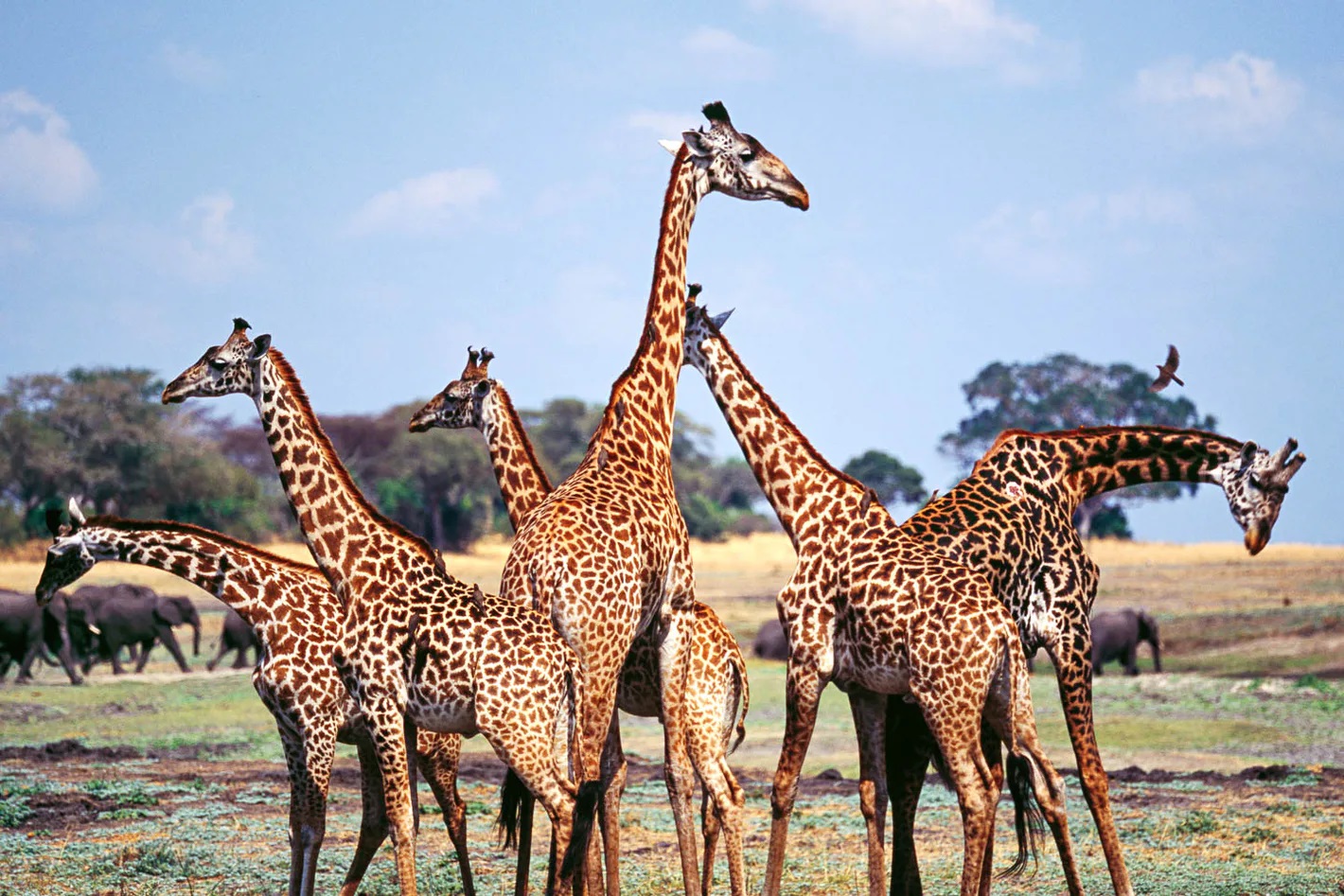
Remaining population: under 100,000
Threats: habitat destruction, illegal trophy hunting, disease, human-wildlife conflict
Red List status: VU (vulnerable)
The world’s tallest animal is at risk of extinction after suffering a devastating decline in numbers, with nearly 40% of giraffes lost in the last 30 years, according to recent IUCN Red List analysis. Although not currently on the endangered list, many conservationists are calling for giraffes to be added to the list. According to the IUCN (which recently listed giraffes as a threatened species) just 97,500 of the animals exist in sub-Saharan Africa today. According to Sir David Attenborough “These gentle giants have been overlooked. It’s well known that African elephants are in trouble and there are perhaps just under half a million left. But what no one realised is there are far fewer giraffes, which have already become extinct in seven countries.” Giraffes have suffered from loss of habitat, disease and illegal hunting for bushmeat as well as trophy hunting mainly from US visitors.
Where can you find giraffe ?
Giraffes inhabit 18 countries across southern and eastern Africa, with smaller isolated populations in west and central Africa. Some of the best places to see giraffe on a safari include the Serengeti in Tanzania, Masai Mara Reserve in Kenya, Murchison Falls National Park in Uganda, Etosha National Park in Namibia, and Kruger National Park in South Africa.
8. African Penguin
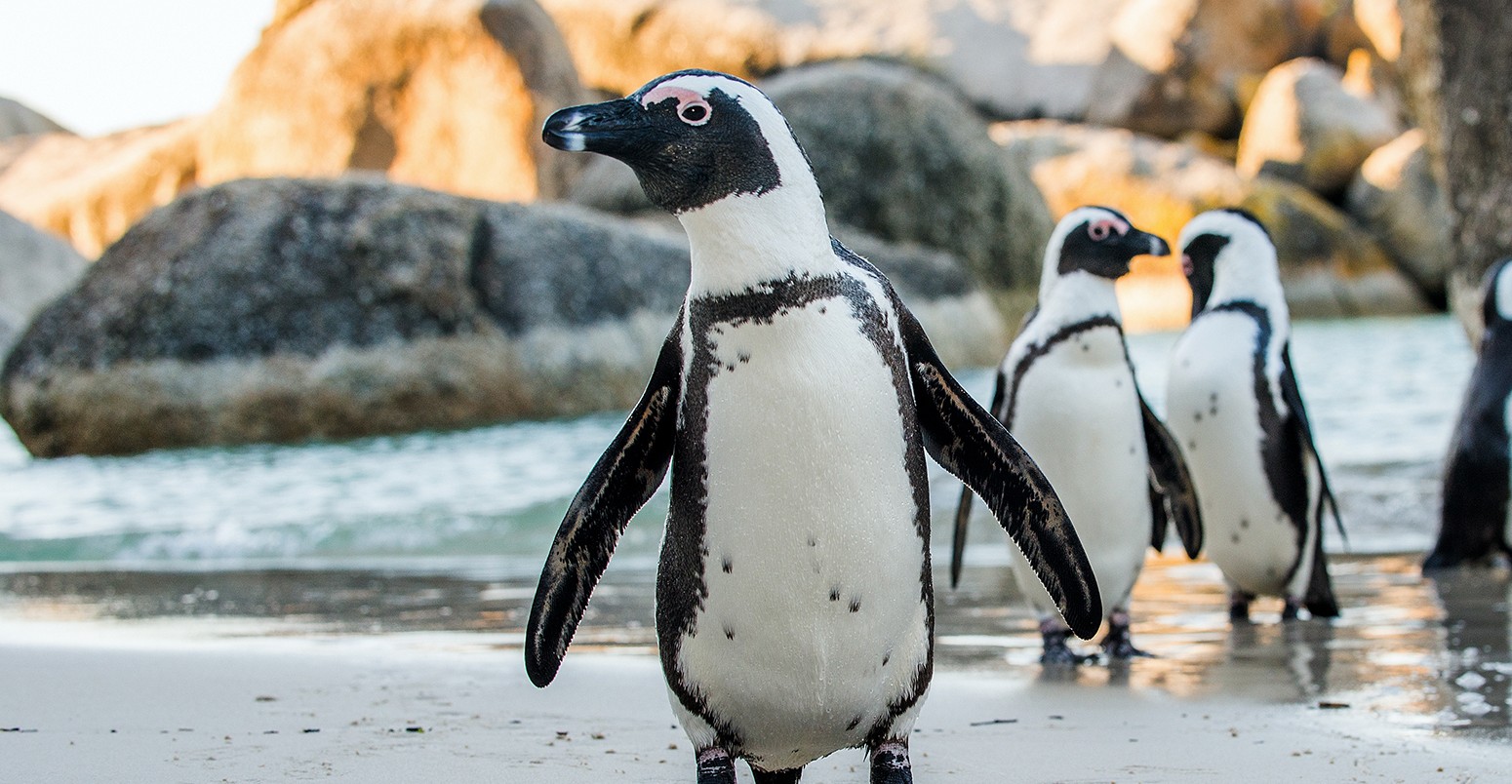
Remaining population: 80,000
Threats: human-wildlife conflict (leading to food shortage), prey displacement
Red List status: EN (endangered)
The African penguin, also known as the black-footed penguin or jackass penguin is currently classified as endangered due to a very rapid population decline (by 50% in the last 30 years). Most of this decline is thought to be caused by food shortage – a result of industrial fishing and changes in the distribution of prey populations. The situation shows no signs of reversing and immediate conservation action is required to save these birds.
Where can you find African penguins ?
These penguins are endemic to southern Africa where it breeds at 28 localities in Namibia and South Africa. Boulders Beach in Cape Town is probably the only place in the world where you get close to African Penguins.
How can you help conservation efforts ?
Of course the actions of government and businesses can help make a difference, but we can all do our part. You might choose to book your next safari trip with an eco-friendly or conservation focused operator such as Natural High. You may also consider donating to conservation organizations and charities, adopting an animal, or volunteering.
Here are a few organizations which accept donations, provide volunteer programs or offer the chance to adopt an animal to help their conservation efforts. IUCN : International Union for Conservation of Nature IFAW : International Fund for Animal Welfare IAPF: International Anti-Poaching Foundation WWF: World Wildlife Fund WCS: Wildlife Conservation Society TDSWT: The David Sheldrick Wildlife Trust AFC: African Conservation Trust IRF : International Rhino Foundation STE: Save the Elephants BCI: Bonobo Conservation Initiative AWF : African Wildlife Foundation
You could also start a fundraising campaign or get involved in local events. Other options include writing articles, blogging, or producing videos.
Why not get in touch with us at Natural High on our social media channels. We’d love to hear your stories and comments on this huge issue.


